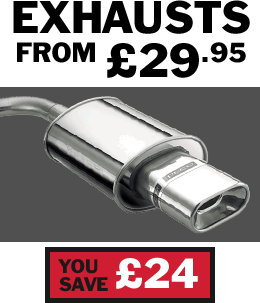Tyre Pressure
It is important that you check your tyre pressure at least once a month. Tyres driven with incorrect pressure can be dangerous as they can have a negative impact on handling, road grip and braking distance. Under-inflated tyres will use more fuel and they will wear excessively. They are more likely to become damaged as they suffer from overheating. In comparison, over-inflated tyres will have reduced handling and become less responsive due to the size of the contact patch being reduced.
The recommended pressure that you should inflate your tyres to can be found on the ‘Placecard’ or ‘Tyre Information Label’. This can usually be found on the driver’s side door frame, in the glove box or sometimes on the fuel cap. If you can’t find this label you can also find this information in the vehicle handbook. It is best to check your tyre pressure when your tyres are cold. This is not dependent on the weather though, a cold tyre is one that has been driven on for less than three hours, for example, during the early stages of a journey or following a short drive.
Your recommended tyre pressure is subject to change if you are driving with a different load. So, if you’re moving house or are off on holiday with a car full of family, friends and luggage, you need to make an adjustment. Your vehicle handbook will tell you how much you should alter your tyre pressure based on your situation.
By keeping your tyres at the recommended pressure you will improve your vehicle running costs, reduce fuel consumption and increase tyre life.
As well as keeping your tyres correctly inflated, you should also frequently check your tread depth and clean your tyres effectively
Watch this video from TyreSafe to find out more.















